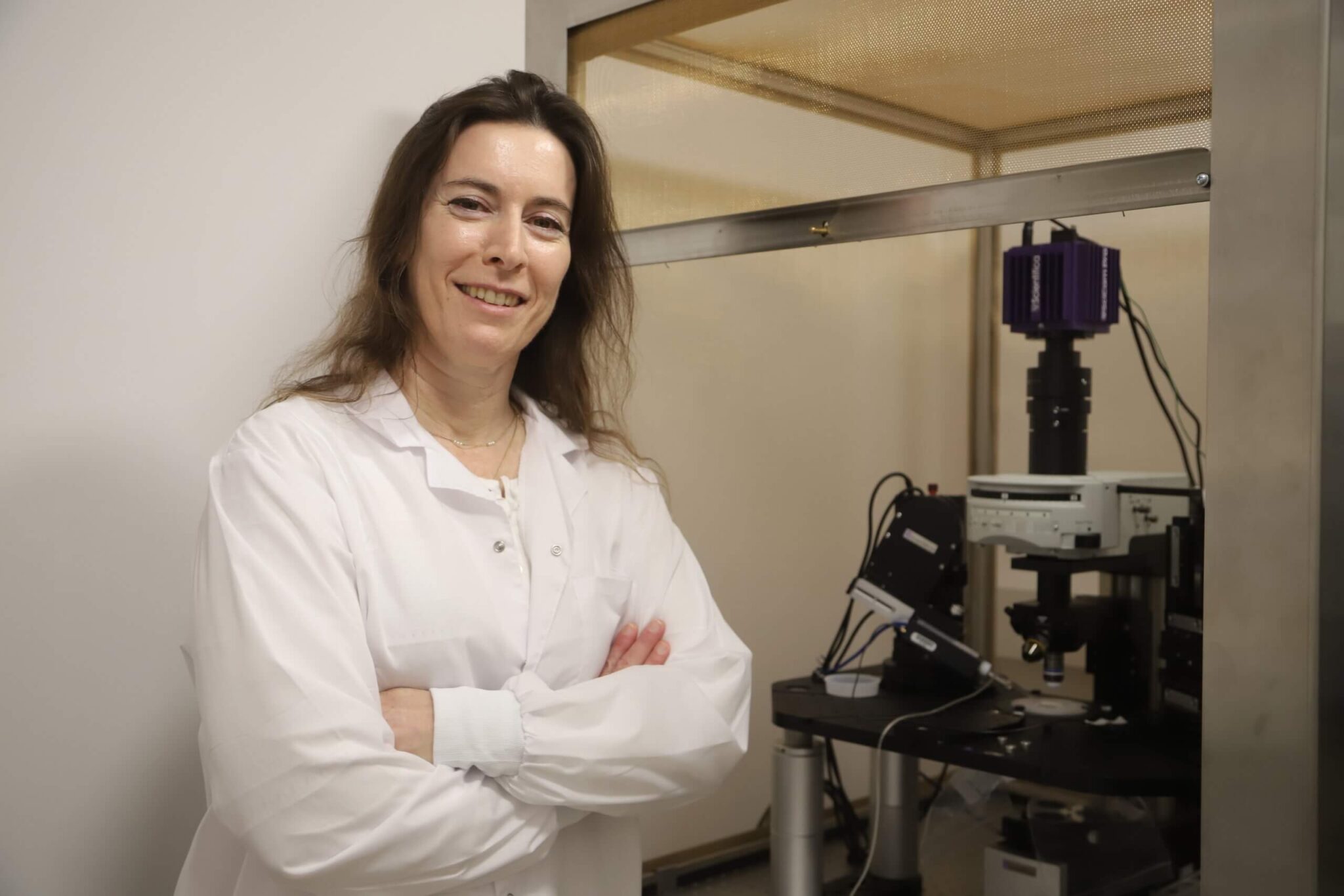Extracellular matrix is the part of the tissue that surrounds the cells and provides them with structural support. Beyond the structural function of the matrix, it is used for a variety of roles, such as separating tissues from one another and controlling intercellular communication, hence its role in this disease

A new study conducted at the University of Haifa and published in the prestigious journal NPJ Parkinson's disease For the first time found a connection between Parkinson's disease and the extracellular matrix in the brain. The study shows that both among Parkinson's patients with a genetic background and among Parkinson's patients whose disease is of random origin, evidence was found of changes in the expression of genes that encode proteins of the extracellular matrix. "In order to understand Parkinson's disease more deeply and to move forward in the process of finding a cure for the disease, we must take into account the changes that occur in the extracellular matrix. To date, most of the research related to the study of Parkinson's disease has focused on the cells and the connections between the neurons. The results of our study found changes in the extracellular matrix that is not a focal point for research in Parkinson's disease," said Prof. Shani Stern, the study's editor.
Parkinson's disease is caused by damage to cells in an area of the brain called the substantia nigra that produce a substance called dopamine that is used to transmit messages between cells in the brain and plays a central role in our ability to perform normal motor activities. According to Prof. Stern, one of the main problems in the study of Parkinson's disease is that only about 15% of the cases of the disease are due to known genetic factors, while 85% of the other cases are random cases (sporadic and hence the possibility of creating a model of the disease in animals is only possible for about 15% of the Parkinson's cases .
In the current study, Prof. Stern used a purple circle of neurobiology in collaboration with the Salk Institute in San Diego, the University of Erlangen in Germany, and UCL University in London in the method of "reprogramming cells into stem cells". With this method, Prof. Stern uses cells from people with Parkinson's, reprograms them into stem cells and then sorts them into cells of a different type (dopaminergic neurons) - which carry the same genetic load of the person from whom they were taken. In the present case, the researchers used samples of skin cells taken from 10 patients. Some of them suffer from Parkinson's disease on a genetic background with a mutation in the GBA1 gene that is related to Gaucher's disease. Gaucher patients carry a mutation in two copies of the GBA1 gene and when a person has only one copy with the mutation, his risk of developing Parkinson's disease increases. The other part of the study participants were random Parkinson's patients with no known genetic changes or mutations. "It is known that mutations of the GBA1 gene are responsible for storage diseases such as Gaucher and are also currently considered the most common risk factor for Parkinson's," explained Prof. Stern. The skin cells were "reconstructed" into stem cells which were sorted into dopaminergic cells so that these cells for each of the research participants carried the same genetic load. The same process was also performed on healthy people who served as a control group.
Extracellular matrix is the part of the tissue that surrounds the cells and provides them with structural support. Beyond the structural function of the matrix, it is used for a variety of roles, such as separating tissues from one another and controlling intercellular communication. According to Prof. Stern, in recent years studies have revealed that beyond structural support, the extracellular matrix also has various physiological roles and roles in the creation and destruction of synapses (connections) between cells, the development of synapses and the plasticity of synapses. According to Prof. Stern, today the extracellular matrix is actually considered one of the four parts of the synapse: the presynaptic neuron, the postsynaptic neuron, the glial cells, and the extracellular matrix. That is why today it is customary to talk about the tetra-partite synapse.
The findings show that even among Parkinson's patients with a mutation inGBA1 and also among the Parkinson's patients whose disease origin is random, evidence was found of changes in the expression of many genes that encode proteins of the extracellular matrix. For example, it was found that there is less mRNA and less proteins that build the extracellular matrix in cells created from Parkinson's patients compared to those created from healthy people. The researchers also found for the first time that collagen 4 protein, which is an important part of building the extracellular matrix, also undergoes aggregation in patients with Parkinson's disease, but not in healthy people.
"The changes appear at the same time during differentiation when we see a decrease in the synaptic activity of the neurons created by Parkinson's patients and a decrease in their ability to transmit nerve messages to other cells," said Prof. Stern.
More of the topic in Hayadan:
- The factor responsible for the disruption of the motor system in Parkinson's patients has been revealed
- My vision is to predict an epidemic before it breaks out, by studying the jumps of viruses from animals to humans
- An old mystery solved: New findings change our understanding of the course of Parkinson's disease
- The young agents to fight aging
- The origin of the variants
